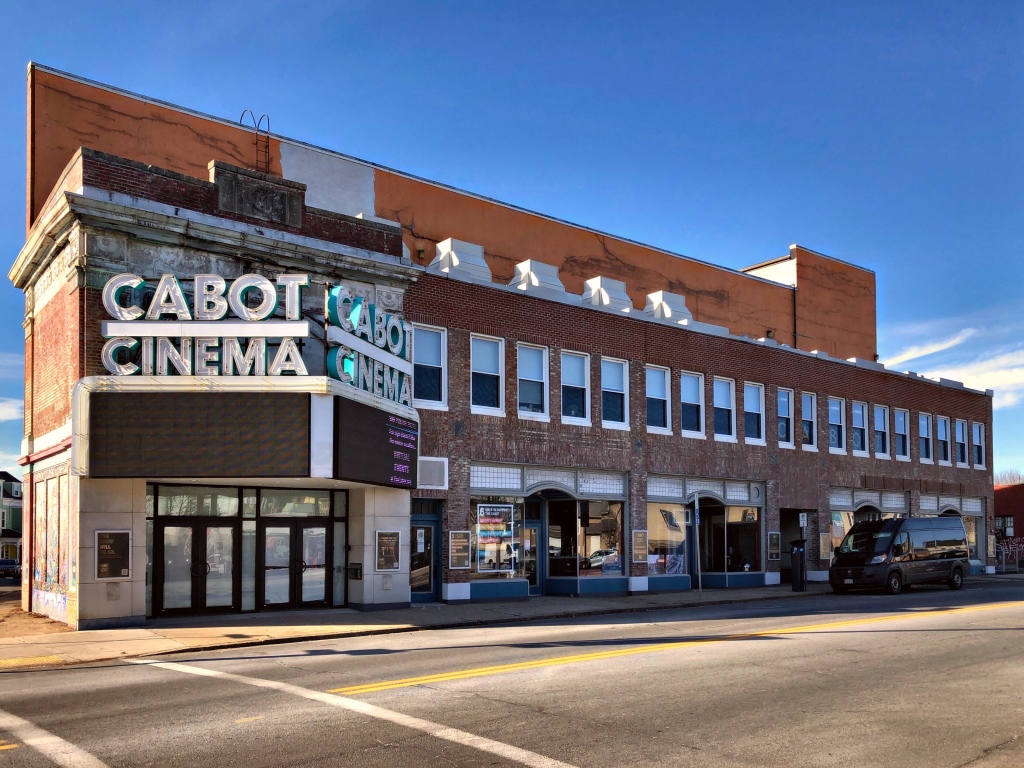
There is just something about old Georgian homes built before the Revolution that always make me so happy… This home in Beverly is one of them! The home was built around 1715 for Reverend John Chipman (1691-1775), the first pastor of the Second Church of Beverly. Historians note that Rev. Chipman actually purchased the land complete with a dwelling in 1715 which dates to before 1695, and was probably built by Exercise Conant, son of early Cape Ann settler Roger Conant. According to the interior framing, the rear two-story ell was the original house, which was added onto with a five-bay Georgian house by Chipman, to showcase his stature in his new parish. The house has a gorgeous central doorway with fluted pilasters and a broken-arch pediment with pineapple finial in the center. Fun fact: The pineapple in the Georgian-era was a symbol of wealth and prestige. By the Georgian era, the first pineapples were being cultivated in Britain. The efforts it took to produce meant that by the time a fruit bloomed, it was valued at roughly £5,000 today. Concerned that eating such high-value fruit was a waste, owners opted to display pineapples as dinnertime ornaments, passing them from party to party until they rotted. The home in Beverly is commonly known as the Exercise Conant House, but is best represented as Reverend Chipman’s home.







